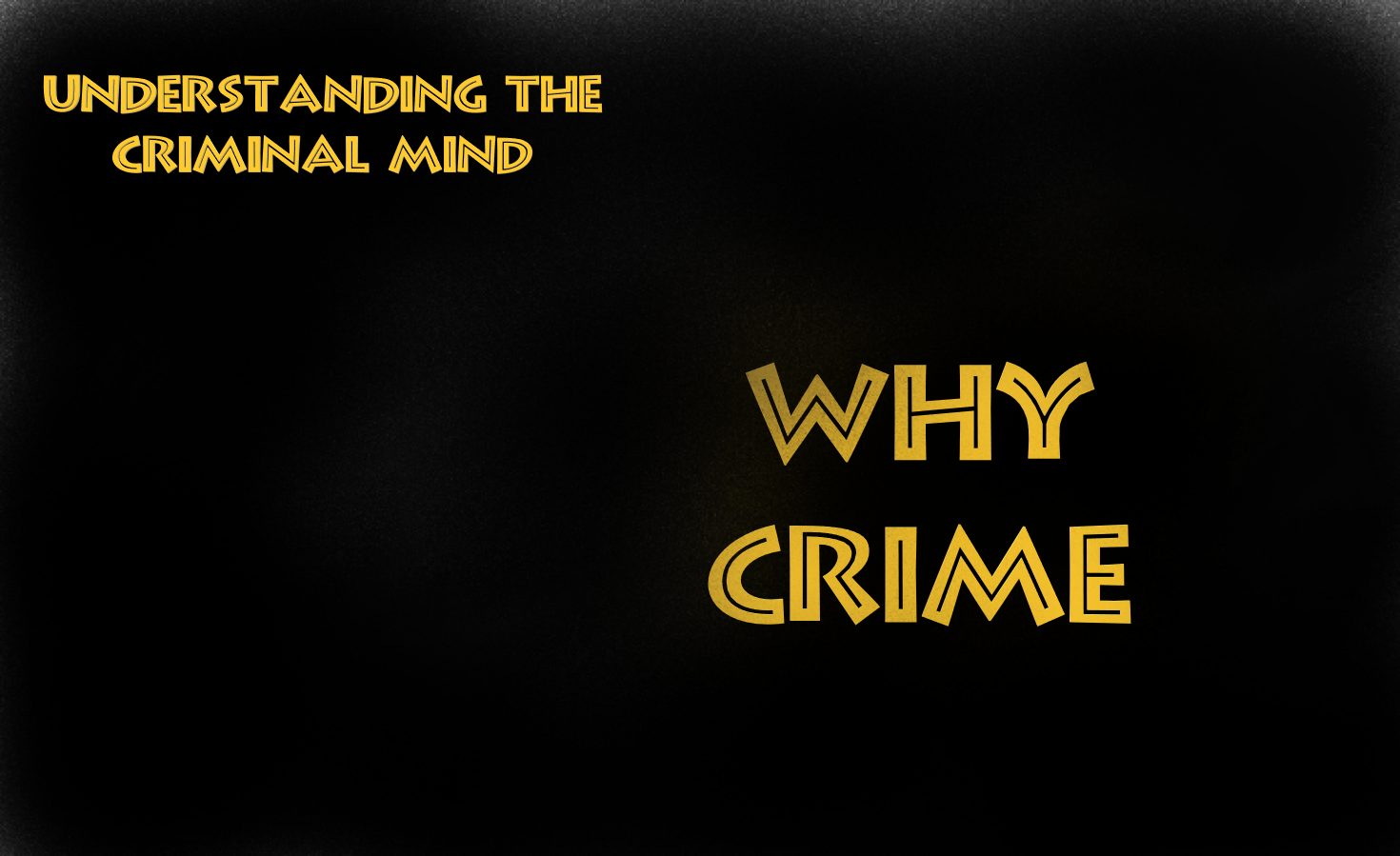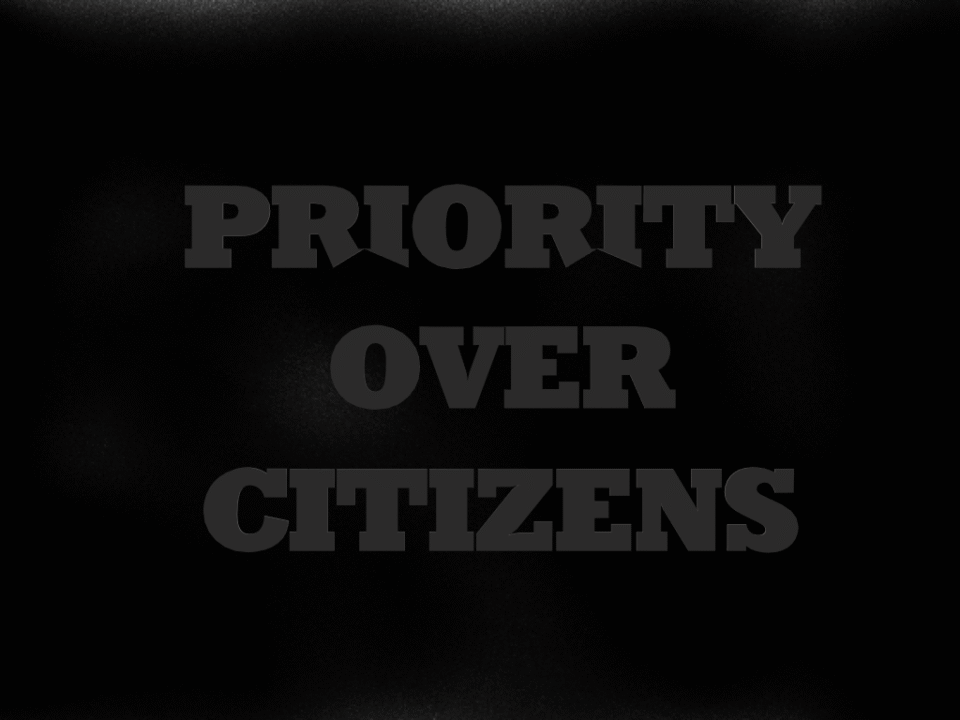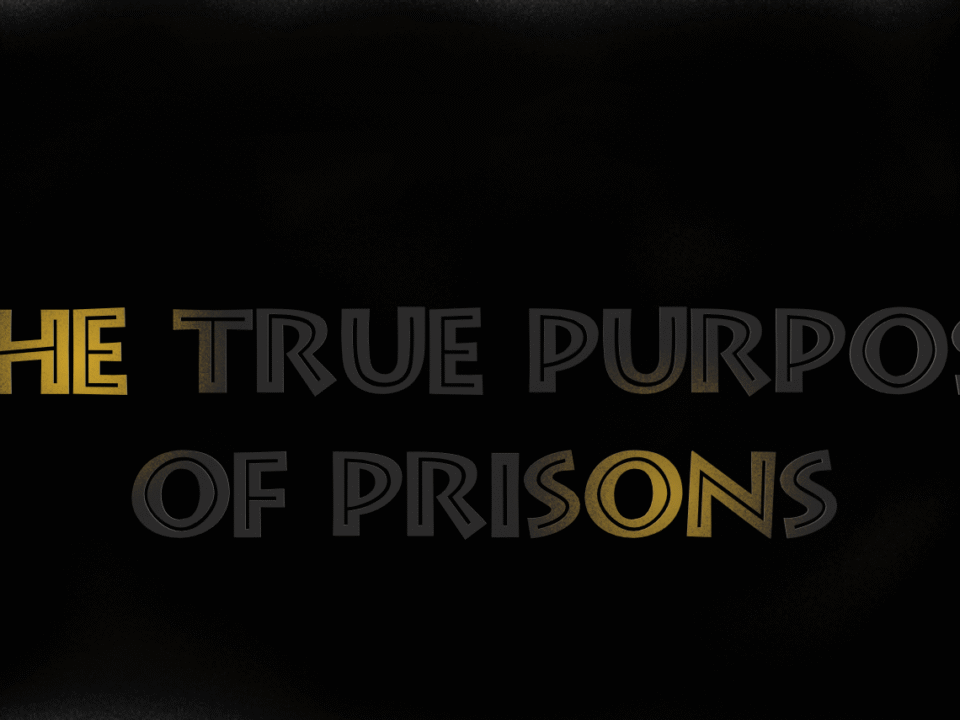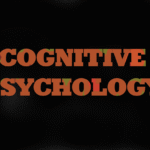
Cognitive Psychology
July 7, 2025
Religion & Family
July 11, 2025s
What is a Crime and who is the criminal?
To begin with lets first explain what is crime? Is it a feeling an emotion an urge to do harm? If I tell you crime does not exist as it is but it is created by the state. The state decides which actions are a crime and the punishnebnt through th ejustice system and the courts. If the state decides that no matter what you do it is not a crime then crime stios rthere .
Are criminals born criminals? Simple answer is a NO nobodt was born a criminal but you become one because of your hard upbringing perhams trauma from been abused as a child. The environment we grow up determines who we will become. The bad news is who is most likely to have a bad childhood? Not always but mostly is the working class, the lower in our society class, the junkies, the prostitutes however those are th epeople who support the contrys economy.
The state build prisons with one thing in mind the working class and the black community. If you are part of these groups according to the statistics you wil end up in prison at some point. At list this is what the state believes. So crime is an action determend buy the state is a bad action or not. If they sy it is bad and crime then you are a criminal.
The state also controls the criminal justice system and the creartion of laws. What is legal today it may be illegal tomorrow and so on. Crime is an unstable concept and so is the criminal.For example years back homosexality was illegal, the police could arres you and take you to prison, today we have same sex marriage and it is acceptable to be a gay man. MARIHUANA WAS ILLEGAL TODAY IN SOME COUNTRIES YOU CAN USE IN PUBLIC.
This is the concept of crime now lets s discuss why do we commit a crime? Why do we intentionally want to hurt someone else or even take the life of anothe man. First, let’s delve into four common psychosocial motivators for criminal behavior: cultural and social elements that intersect to inform thoughts and action
Family Dynamics and Criminality
Family stability can also impact the likelihood of committing a crime. Current studies posit that family dynamics can impact incarceration potential in two key ways:7
Family dynamics in childhood – Decades of data support the correlation between a young adult’s family instability and juvenile delinquency. In other words, those who experience a turbulent and unstable home life are statistically more likely to commit crimes during their youth.
Family formation in adulthood – More recent data suggests that young adults with troubled family histories are more likely to experience disruptions to their own family formation processes (e.g., getting married and having children). And, those who experience their own family turmoil in adulthood are more likely to be pushed to commit crime.
Peer Influence and Criminal Act
Several studies connect peer influence and social networks with the likelihood of committing a crime:
Children with more “delinquents” (children tried or incarcerated for illegal activity) in their peer groups have a higher likelihood of committing crimes themselves.
There is a wide body of data connecting peer and individual crime among adults. In other words, people with friends who commit criminal activity are more likely to do the same.
While boiling crime motivation down to “peer pressure” is an oversimplification, forensic behavioral psychologists have long recognized group behavior as a potential impetus for crime.
{art2
Urban Settings and Crime Rates
In 1825, two French criminologists published a seminal work in what would become the field of forensics: a study that compared crime rates per capita (i.e., how many crimes were committed per person living in a geographic area) and posited that crime rate increased linearly with population size.
However, newer approaches have revealed that per capita analyses of crime are misleading. They impose a linear relationship between crime and population when this isn’t always the case, skewing both public and expert perceptions of the urban crime rate.
While some crimes are linearly associated with population size, new approaches have determined that:
- The quantitative relationship between crime and population can vary on a city-by-city basis.
- Some types of crimes, like burglary, are linearly associated with population size, while others, like theft, are not
Lack of Access to Education and Criminal Engagement
Numerous studies have observed connections between access to quality education and criminality. Here’s a snapshot of just a few conclusions from recent studies:
- Children who participate in early childhood education programs are less likely to commit crimes than children without access.14
- Investments in public schools drastically reduce crime rates. Children who attend well-funded schools are less likely to commit crimes in adulthood.15
- High school dropouts are five times more likely to be arrested during their lifetimes than their peers who graduated.16
But educational access is about so much more than the availability of public education. The American Psychological Association has compiled a wealth of sources supporting connections between income and education. Lower-income students generally have reduced access to resources and typically advance more slowly than their wealthier peers
Unemployment and Criminal Choices
Unemployment generally correlates to a higher likelihood of committing a crime.18 But like education access, unemployment is a nuanced issue.
For instance, one of the most recent studies of unemployment and criminality found a correlation between unemployment and two distinct types of crime:19
- Firearm violence
- Homicide
That said, this study was conducted during the COVID-19 pandemic when unemployment rates averaged eight points above predicted levels across American cities. In addition, firearm deaths continue to rise each year in the US. So, the correlation between unemployment and gun violence might not imply direct causation.
This is just one example that showcases the nuance and interdisciplinary nature of forensic psychology. Crime experts must assess how multiple elements interact to form conclusions about how psychosocial, environmental, and psychological factors (among others) impact crime.

Socioeconomic Disparities and Crime
Substantial data correlates low socioeconomic standing—low income, poor financial literacy, or poverty—with a high likelihood of incarceration. One recent study from the Brookings Institution, for example, discovered that those born between 1980 and 1986 and came from families who face socioeconomic challenges were more likely to be pushed to commit crime.2 Further:3
Those who face these socioeconomic implications were 20 times more likely to be pushed to commit crime than those of the same age from high-earning families.These individuals only found employment after release from prison in 55% of cases—and post-release unemployment has been shown to be more likely to push convicted criminals to commit crime again.
Substance abuse – Substance dependence and abuse can be correlated with income; opioid overdoses, for instance, have been shown to be concentrated in lower-income neighborhoods.
While poverty itself is typically not the root cause of crime, it can lead to other psychosocial, environmental, or psychological conditions that may correlate with the likelihood of committing a crime, such as:
ducation access – Children from lower-income families may be less likely to graduate high school, attend college, or excel in math or reading.
Mental health challenges – People without access to quality mental health treatment make up a significant portion of incarcerated populations.

Part1
Substance Abuse and Criminal Offenses
While we touched on substance abuse earlier, let’s zoom in on additional data. In 2020, the National Institute on Drug Abuse compiled data from a variety of sources to determine that:9
- An estimated 65% of incarcerated people in the US suffer from a substance use disorder
- Another 20% of incarcerated people were under the influence at the time of their crime
But, like all of the other corollaries on this list, substance abuse doesn’t exist in a vacuum, and it’s important to understand the context of substance dependence in a greater social context. The following social groups are all at an increased risk for substance use disorder:
- Displaced or unhoused people10
- Veterans (especially those who have experienced being unhoused)11
- People who did not complete high school12
This is just one example of how criminal motivation can be multifaceted and highly dependent upon social context Environmental Triggers of Criminal Behavior
While psychosocial context can play a key role in crime, so can environmental elements like setting, education access, and unemployment. Let’s dive into each of these to explore their correlations to criminality.
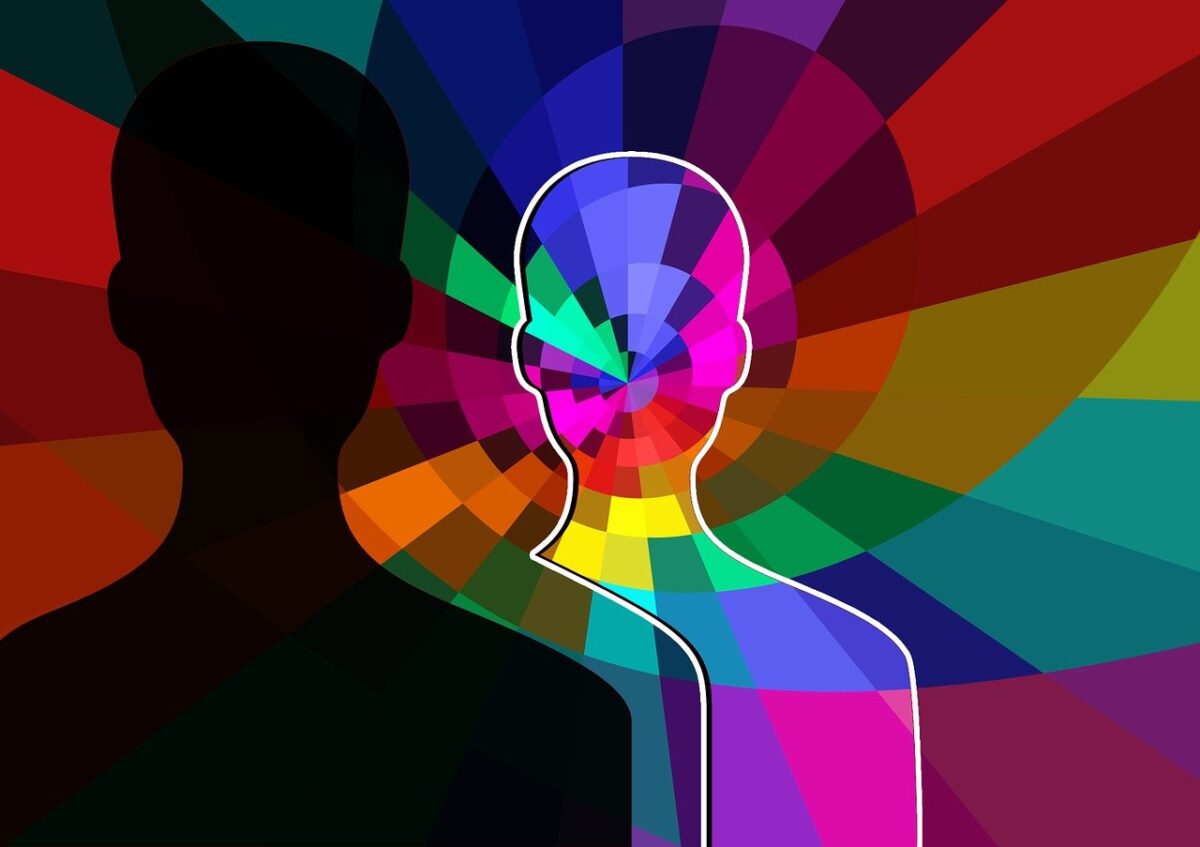
Part3
Psychological Drivers of Criminal Acts
Finally, let’s dive into psychological factors that can influence criminal motivation—the subject of extensive research in the forensic behavioral science field
Mental Health Disorders and Criminal Behavior
Mental health disorders and criminal behavior have a highly complex relationship that’s informed by a wide variety of social factors.
But, there’s an overwhelming correlation between mental health struggles and incarceration. While 21% of adults in the US reported experiencing symptoms of a mental illness in 2020, these symptoms were reported among:20
- 64% of people incarcerated in county jails
- 54% of people detained in state prisons
- 45% of people held in federal penitentiaries
Experts correlate this connection to numerous potential factors, like:
Substance use disorders – Mental health disorders and substance use disorders are strongly correlated by extensive data—and people with substance use disorders are likely to be incarcerated at a higher rate than their counterparts.
Income – Lower-income people have reduced access to quality mental health care and a higher likelihood of experiencing symptoms of mental health disorders.21 They’re also statistically more likely to be incarcerated.22
Mental health illiteracy in the criminal justice system – There have been notable, recent efforts to incorporate mental health literacy into law enforcement training programs, but studies show that these programs have produced mixed results.
Environmental Triggers of Criminal Behavior
While psychosocial context can play a key role in crime, so can environmental elements like setting, education access, and unemployment. Let’s dive into each of these to explore their correlations to criminality.
Urban Settings and Crime Rates
In 1825, two French criminologists published a seminal work in what would become the field of forensics: a study that compared crime rates per capita (i.e., how many crimes were committed per person living in a geographic area) and posited that crime rate increased linearly with population size.13
However, newer approaches have revealed that per capita analyses of crime are misleading. They impose a linear relationship between crime and population when this isn’t always the case, skewing both public and expert perceptions of the urban crime rate.
While some crimes are linearly associated with population size, new approaches have determined that:
- The quantitative relationship between crime and population can vary on a city-by-city basis.
- Some types of crimes, like burglary, are linearly associated with population size, while others, like theft, are not
Part3
Lack of Access to Education and Criminal Engagement
Numerous studies have observed connections between access to quality education and criminality. Here’s a snapshot of just a few conclusions from recent studies:
- Children who participate in early childhood education programs are less likely to commit crimes than children without access.14
- Investments in public schools drastically reduce crime rates. Children who attend well-funded schools are less likely to commit crimes in adulthood.15
- High school dropouts are five times more likely to be arrested during their lifetimes than their peers who graduated.16
But educational access is about so much more than the availability of public education. The American Psychological Association has compiled a wealth of sources supporting connections between income and education. Lower-income students generally have reduced access to resources and typically advance more slowly than their wealthier peers
Unemployment and Criminal Choices
Unemployment generally correlates to a higher likelihood of committing a crime.18 But like education access, unemployment is a nuanced issue.
For instance, one of the most recent studies of unemployment and criminality found a correlation between unemployment and two distinct types of crime:19
- Firearm violence
- Homicide
That said, this study was conducted during the COVID-19 pandemic when unemployment rates averaged eight points above predicted levels across American cities. In addition, firearm deaths continue to rise each year in the US. So, the correlation between unemployment and gun violence might not imply direct causation.
This is just one example that showcases the nuance and interdisciplinary nature of forensic psychology. Crime experts must assess how multiple elements interact to form conclusions about how psychosocial, environmental, and psychological factors (among others) impact crime.
Psychological Drivers of Criminal Acts
Finally, let’s dive into psychological factors that can influence criminal motivation—the subject of extensive research in the forensic behavioral science field
Part4
Mental Health Disorders and Criminal Behavior
Mental health disorders and criminal behavior have a highly complex relationship that’s informed by a wide variety of social factors.
But, there’s an overwhelming correlation between mental health struggles and incarceration. While 21% of adults in the US reported experiencing symptoms of a mental illness in 2020, these symptoms were reported among:
- 64% of people incarcerated in county jails
- 54% of people detained in state prisons
- 45% of people held in federal penitentiaries
Experts correlate this connection to numerous potential factors, like:
- Income – Lower-income people have reduced access to quality mental health care and a higher likelihood of experiencing symptoms of mental health disorders.21 They’re also statistically more likely to be incarcerated.22
- Mental health illiteracy in the criminal justice system – There have been notable, recent efforts to incorporate mental health literacy into law enforcement training programs, but studies show that these programs have produced mixed results.23
- Substance use disorders – Mental health disorders and substance use disorders are strongly correlated by extensive data—and people with substance use disorders are likely to be incarcerated at a higher rate than their counterparts.
Impulse Control and Criminal Impulsivity
The concept of impulse control has been widely studied across disciplines, including forensic psychology.
But much of what criminologists know about self-control and crime is framed by a seminal 1990s model that places impulse control at the forefront of criminal motivation.26 Today’s forensic psychologists are challenging this model; they’re digging deeper to unpack physiological, psychological, and psychosocial elements that inform impulse control to contextualize prevailing theories.
Behavioral forensics is still growing, and today’s prospective forensic psychology graduates have a unique opportunity to contribute new knowledge to a developing field.
School of Forensic Psychology at Alliant: Shaping Future Experts
Why do people commit crimes? It’s nearly impossible to point to just one cause. With so many factors at play, criminal motivation remains a nuanced and intriguing concept in behavioral forensics, criminology, and other social science fields.

